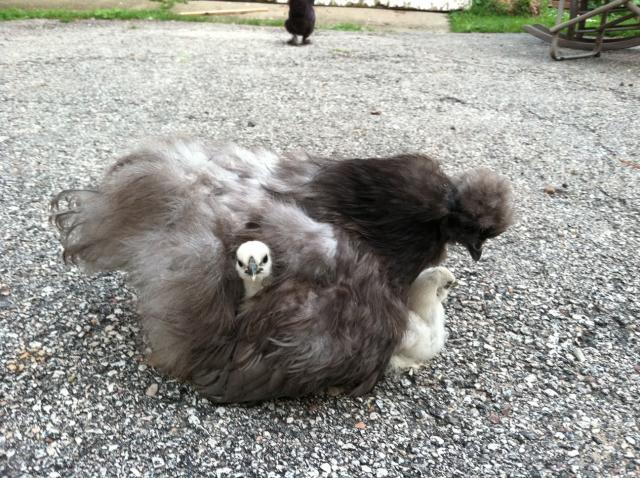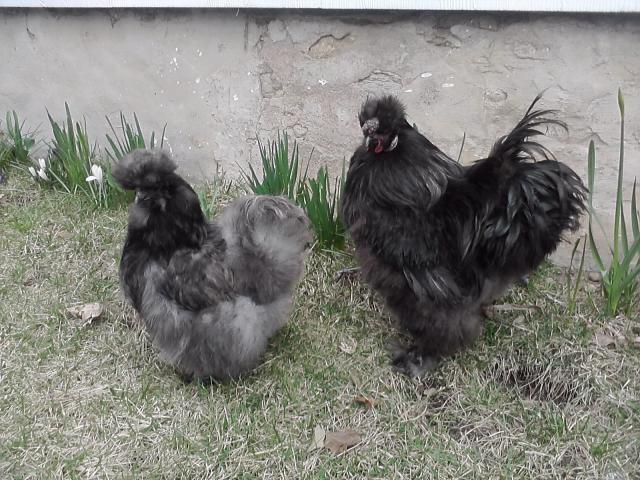- Mar 3, 2010
- 12
- 0
- 22
I was given a Black Silkie yesterday. Age unknown. Gender unknown. Chick is missing most of it's fluff on it's back. The rest of it's fluff is thin and dull. Any idea what is wrong with this chick. I have it in a seperate cage from other chickens. I'm new to Silkies although I do have 3 - 4month old white silkies.












